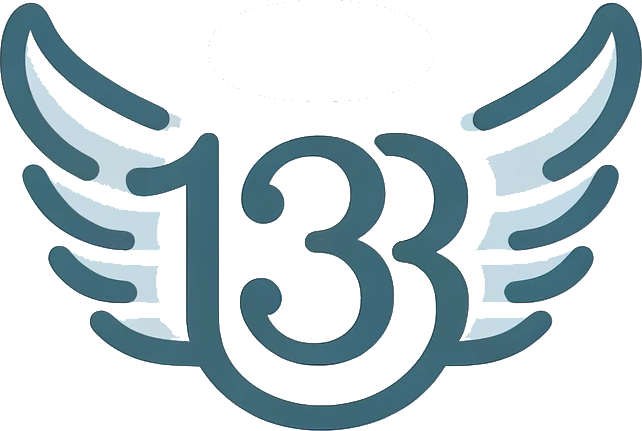When it comes to the animal kingdom, lions have always captured our imagination. These majestic creatures, known as the “king of the jungle,” are not only powerful and regal but also highly social animals. One intriguing aspect of lion social structure is the way they form groups. In this article, we will explore the question, “What is a group of lions called?” and delve into the fascinating world of lion social dynamics.
The Basics: What is a Group of Lions Called?
A group of lions is called a pride. A pride typically consists of several related adult females, their offspring, and a small number of adult males. The size of a pride can vary greatly, ranging from as few as three individuals to as many as thirty or more.
The lion pride is a highly organized social unit, with each member playing a specific role. The females, or lionesses, are responsible for hunting and raising the cubs, while the males, or lions, defend the pride’s territory and protect the females and cubs from intruders.
The Role of Lionesses in the Pride
Lionesses are the backbone of the pride. They are highly skilled hunters and work together to bring down large prey such as wildebeest, zebra, and buffalo. Their cooperative hunting strategies, such as surrounding and ambushing their prey, increase their chances of success.
Within the pride, lionesses form strong bonds with each other. They are often related, with sisters, aunts, and cousins living together. These close family ties create a sense of unity and cooperation within the pride.
When it comes to raising cubs, lionesses share the responsibility. They take turns nursing and caring for the young, allowing each mother to have some time for herself. This cooperative parenting ensures the survival and well-being of the cubs.
The Role of Lions in the Pride
While lionesses are the primary hunters and caretakers, the role of the males in the pride is equally important. Adult males, also known as coalition males, form alliances with each other and work together to defend the pride’s territory.
One of the main functions of the male lions is to protect the pride from intruders. They mark their territory with scent markings and roaring, sending a clear message to other lions that this area is already occupied. If another group of males tries to invade the pride’s territory, a fierce battle may ensue.
Male lions also play a crucial role in ensuring the survival of their own genes. When a new coalition takes over a pride, they often kill the cubs sired by the previous males. This behavior, known as infanticide, eliminates potential rivals and allows the new males to father their own offspring.
Factors Influencing Pride Size
The size of a lion pride can vary depending on several factors, including:
- Availability of prey: In areas with abundant prey, prides tend to be larger as they can support more individuals.
- Territory size: Prides with larger territories can support more lions, while those with smaller territories may have smaller prides.
- Competition with other prides: If there is intense competition for resources, prides may be smaller to reduce conflicts.
- Environmental conditions: Harsh environments with limited resources may lead to smaller prides.
Case Study: The Serengeti Lion Population
The Serengeti National Park in Tanzania is home to one of the most well-studied lion populations in the world. Researchers have been monitoring the lions in this area for decades, providing valuable insights into their social structure and behavior.
According to a study conducted by Craig Packer and his team, the average pride size in the Serengeti is around 13 individuals. However, they found significant variations in pride size across different regions of the park.
In areas with high prey availability, such as the central Serengeti, prides tend to be larger, with an average of 20 individuals. On the other hand, in areas with lower prey density, such as the northern Serengeti, prides are smaller, averaging around 8 individuals.
This study highlights the importance of prey availability in determining pride size. It also emphasizes the adaptability of lion social structure to different environmental conditions.
Conclusion
A group of lions is called a pride, and it is a complex social unit with a well-defined structure. Lionesses are the primary hunters and caretakers, while male lions defend the pride’s territory and ensure the survival of their genes. The size of a pride can vary depending on factors such as prey availability, territory size, competition, and environmental conditions.
Studying lion social structure provides valuable insights into the dynamics of social behavior in animals. By understanding how prides function, researchers can gain a deeper understanding of the ecological and evolutionary factors that shape animal societies.
Q&A
1. How many lions are typically in a pride?
A pride can range in size from as few as three individuals to as many as thirty or more. The average pride size is around 13 individuals.
2. Do male lions hunt?
While male lions are capable of hunting, it is primarily the lionesses who do the hunting for the pride. Male lions are more focused on defending the pride’s territory and protecting the females and cubs.
3. How long do lionesses stay with their pride?
Lionesses typically stay with their pride for life. They form strong bonds with their relatives and work together to raise the cubs and hunt for food.
4. Can a lioness be part of multiple prides?
No, a lioness can only be part of one pride at a time. However, when young lionesses reach maturity, they may leave their natal pride to join another pride and form new social bonds.
5. Are there any other social structures in the animal kingdom similar to lion prides?
Yes, there are several other animal species that exhibit similar social structures to lion prides. Examples include spotted hyenas, African wild dogs, and meerkats. These species also live in highly organized social groups with specific roles for each member.
